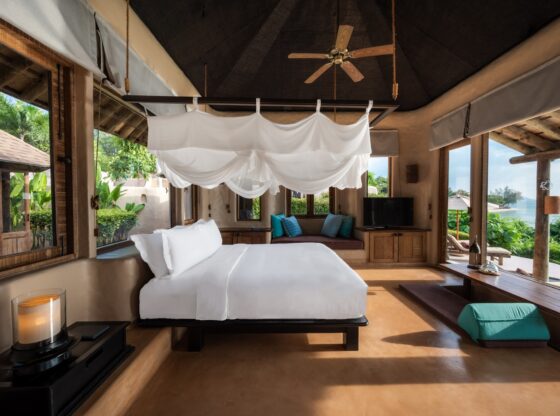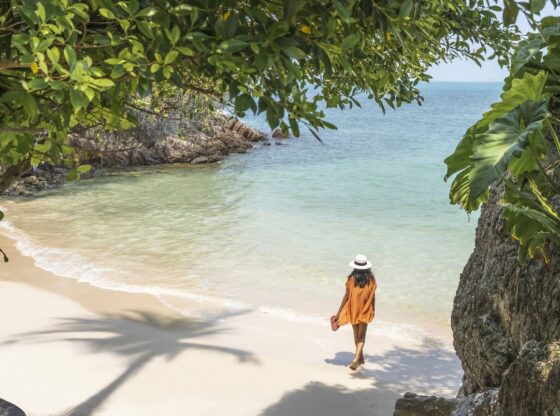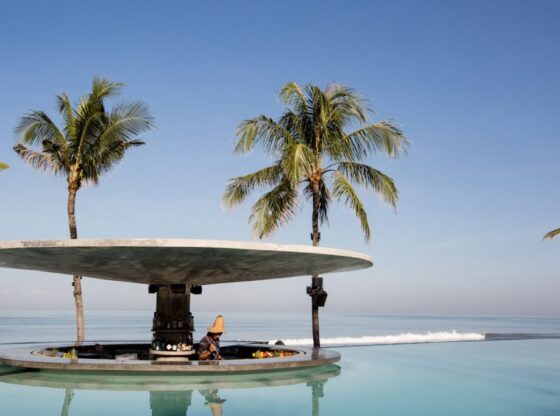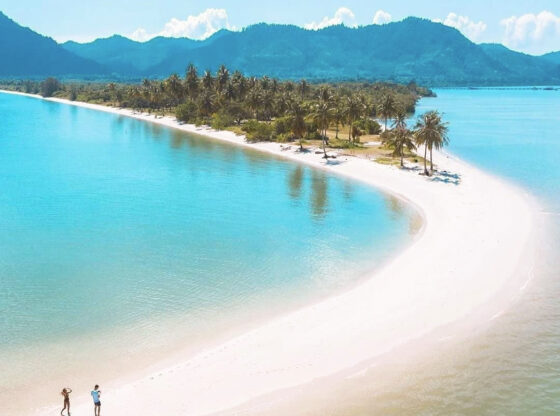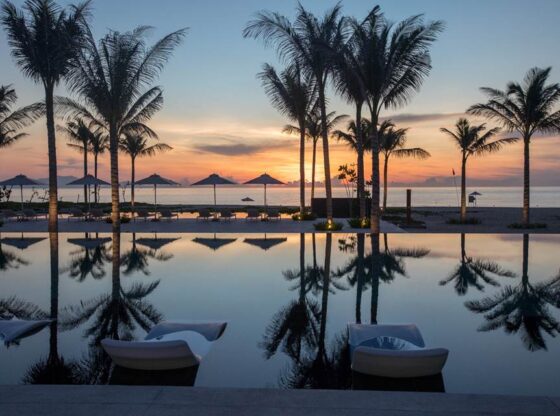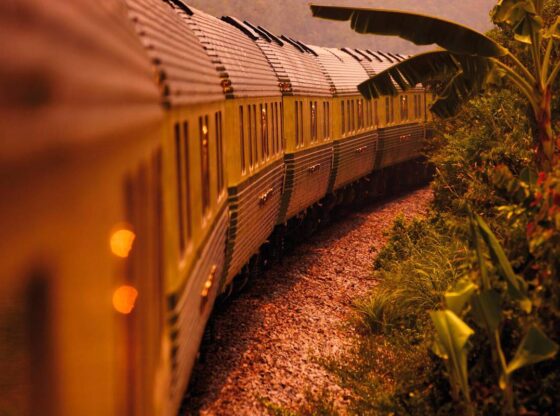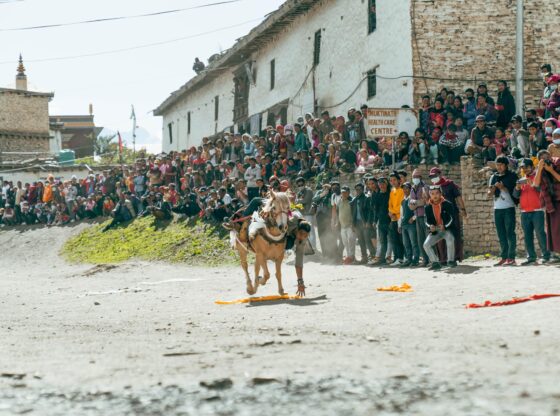![]()
Patagonia covers some 400,000 square miles and visitors need to plan ahead.
Established tourism is found in the northern lake districts of Argentina and Chile, and around Los Glaciares national park in the former, and Torres del Paine national park in the latter. Elsewhere, the wilderness still rules, and a cursory glance at a map reveals that Argentinian Patagonia is mainly empty spaces and ranching country, while Chilean Patagonia is a collage of islands, inlets and labyrinthine channels.
There are only a few places on earth where the word marvel is appropriate to describe the literal experience one may have. Chile and Argentina’s Patagonia region is one such place. A living landscape painting yielding natural wonders such as coastal fjords with dazzling views of icebergs biding their time, glacial lakes and forests, the grandeur of soaring, snow-capped mountain peaks, and of course, penguins.
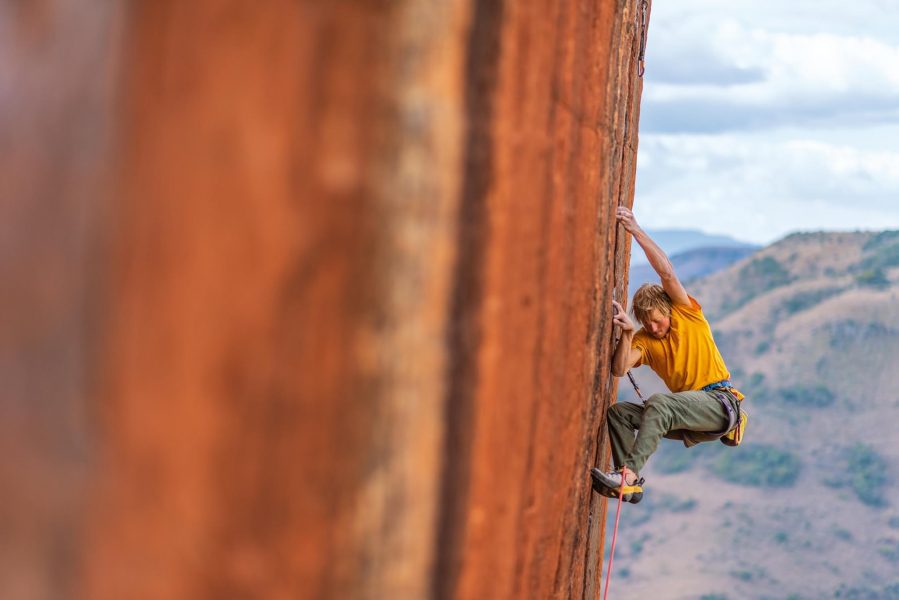
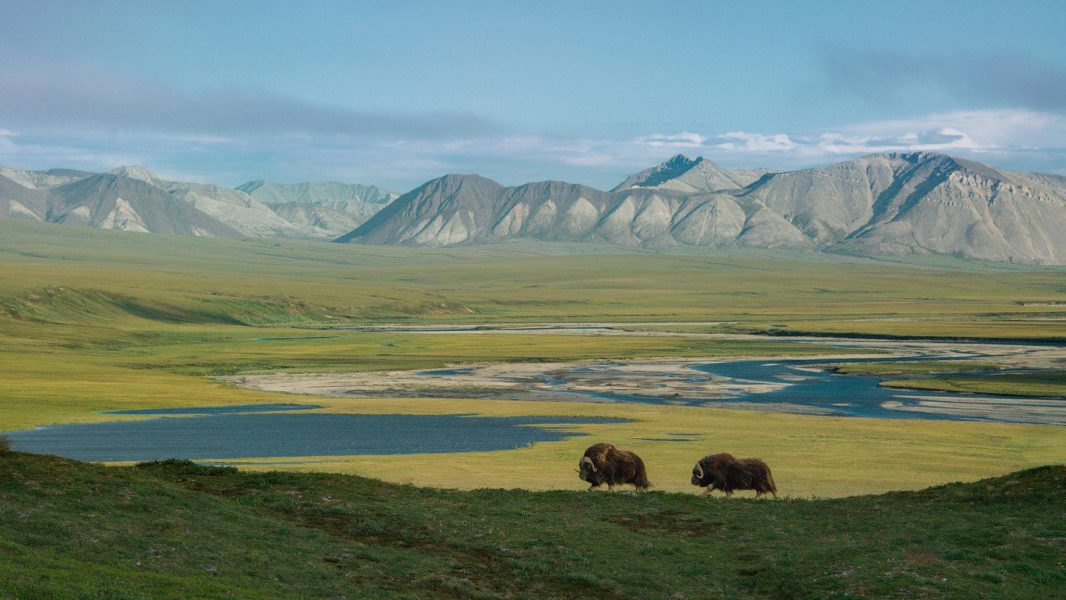
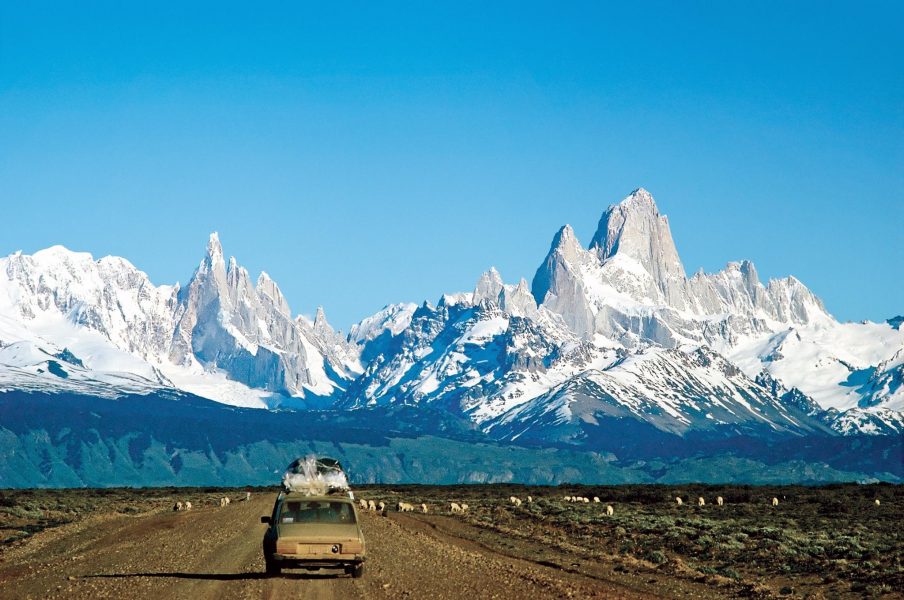
Argentinian Patagonia: coast
Argentinian Patagonia is generally defined as the land south of the Rio Negro, which meets the sea near the town of Viedma and exploring Patagonia’s Atlantic coast is relatively easy.
Argentinian Patagonia: Andes
The most populated and developed area of Andean Patagonia is the lake district of Río Negro and Neuquén provinces. The latter is more popular with Argentinians than foreign visitors, but the quaint towns of Junín de los Andes, San Martín de los Andes and Villa La Angostura are good bases for camping, hiking, trout fishing, horse riding and quad biking.
Chilean Patagonia and Tierra del Fuego
No one can really agree where Chilean Patagonia begins. Much of the south of this long, skinny country is jagged coastline, uninhabited islands, roads that come to dead ends, and impenetrable forests and ice fields. The lake district looks like a mirror image of Argentina’s, though German settlers have left their mark on the churches and houses of Frutillar, Puerto Octay and Puerto Varas. These towns (and Pucón to the north) are close to a series of national parks that protect the lakes and forested slopes of the Villarrica and Puyehue volcanoes. Trekking, cycling, kayaking and rafting trips are easy to organise from any of the towns, and Pachamagua, in Puerto Varas, is a canyoning specialist.
Horse riding is available all over Patagonia, but for those seeking an adventure, the Puelo valley between Cochamó in Chile and Lago Puelo in Argentina has become something of a classic; specialists Ride World Wide and In the Saddle offer a variety of itineraries along the valley. The low pass through the Andes is also used by scores of trekkers each summer.
To the south is genuine wilderness, with the main road interrupted by river crossings. A drive down the 1,247km Carretera Austral (Southern Highway) from Puerto Montt to Villa O’Higgins is a great way to see the lushly forested Palena and Aysén regions, and Lago General Carrera, the second biggest lake in South America.
Spectacular Wildlife
The vast Patagonia region is home to multiple forms of visible wildlife, including pumas, grey foxes, guanacos, wild horses, pink flamingos, and, of course, the sea lions and the penguins. Ah, the penguins. The area’s natural beauty aside, the penguins of Isla Magdalena are among the most popular attractions in the region.

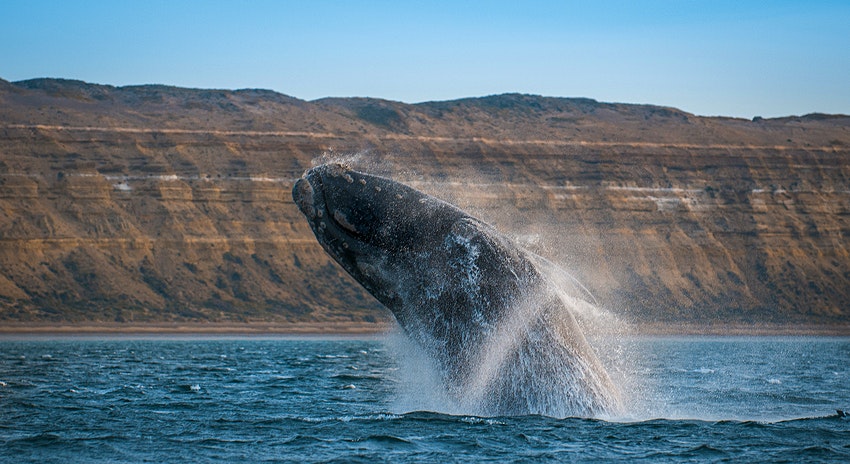
Breathtaking Scenery
Patagonia is home to some of the most breathtaking natural wonders on earth. A must visit is Los Glaciares National Park. Top to bottom, you’ll see a glorious storyline of mountains, including a large portion of the Andes buried under centuries of ice and snow, as well as icebergs, glaciers, glacial lakes, and lush wood valleys.
The most famous of the glaciers, Perito Moreno, is located in the southern part of the park.
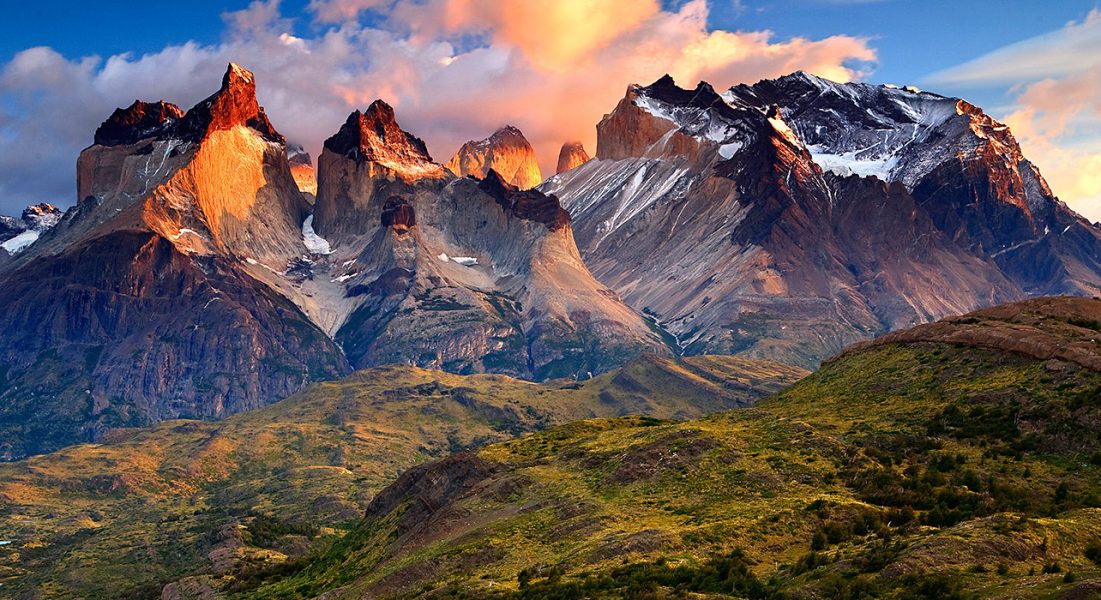
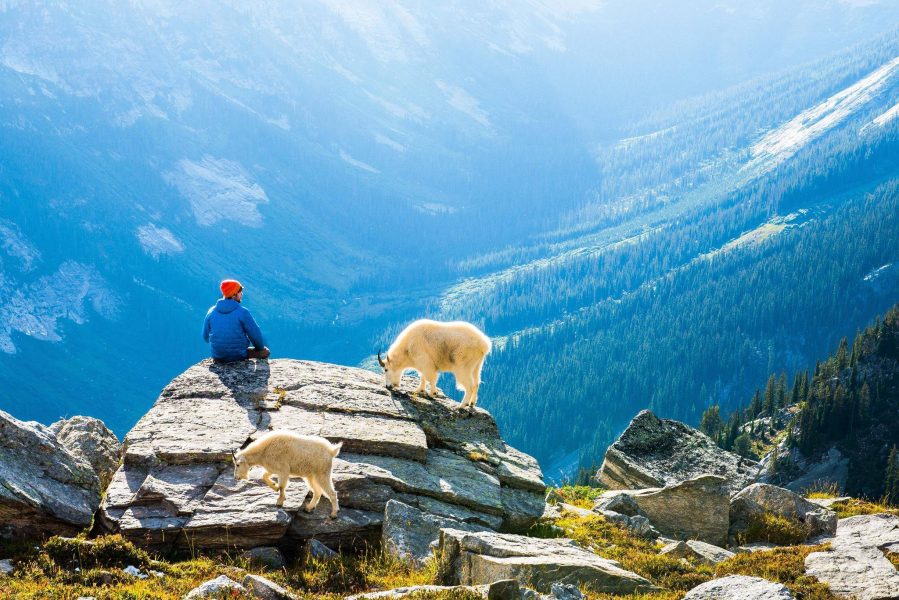
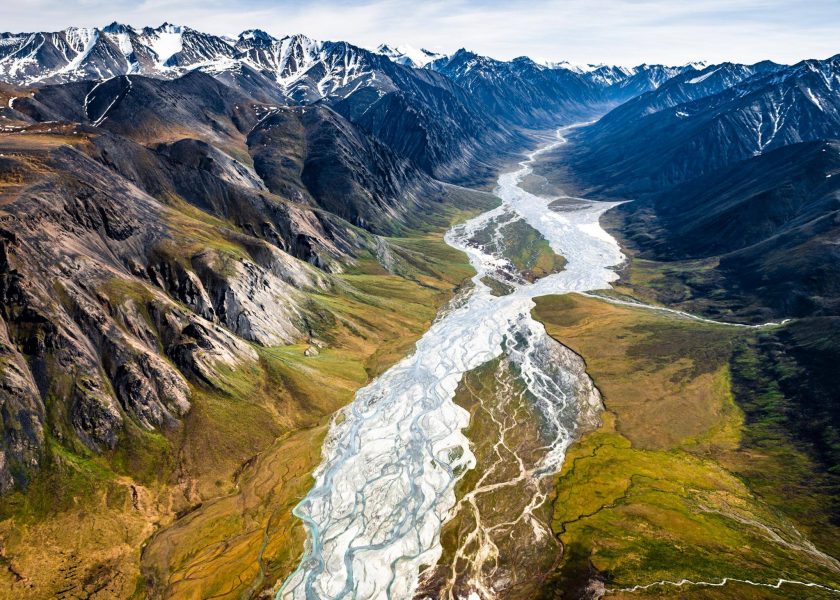
Hike On Glaciers
For many travelers, a visit to Patagonia is for one reason: to hike the glaciers.
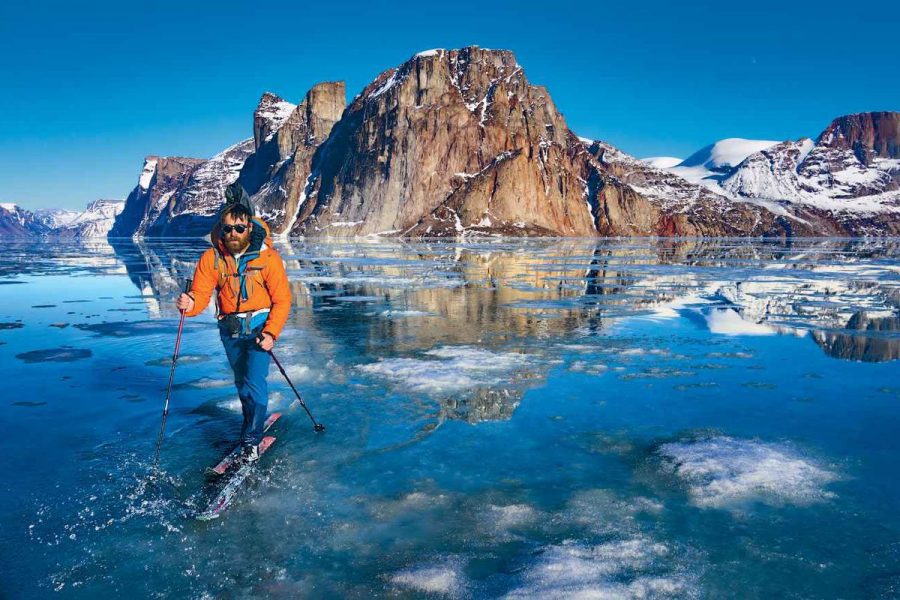
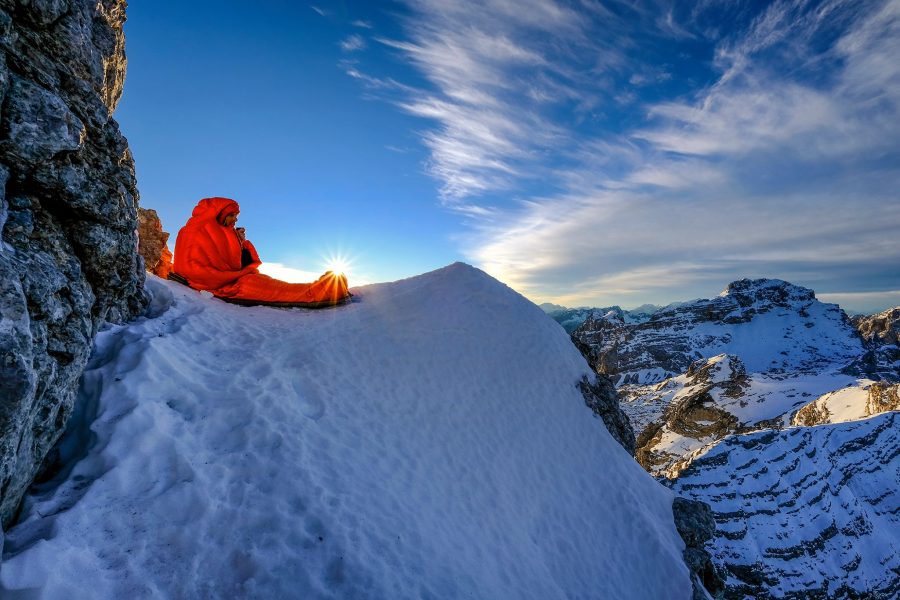
The Night Sky
Patagonia has been called an astronomers’ dream come true and possibly the best place on Earth to observe the stars. Because of the sparse population in the region, light pollution is low, allowing for excellent viewing year-round. Star trekking is now as popular as glacier trekking.
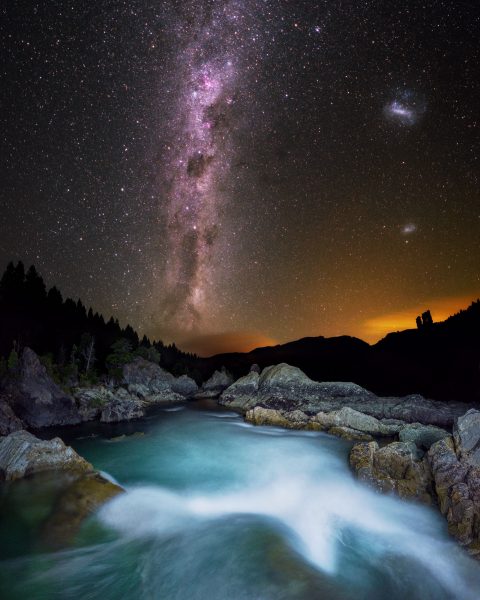
Before You Go
Technically, the Patagonia region spans two nations, Chile and Argentina, so make sure you are clear about what parts of the region you want to visit, and plan accordingly.




